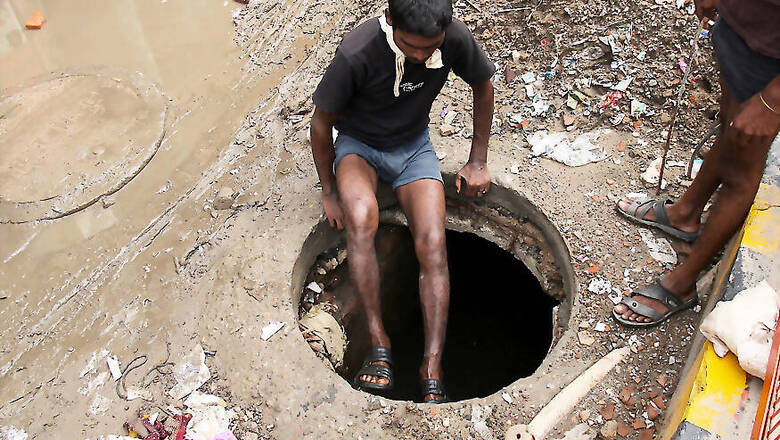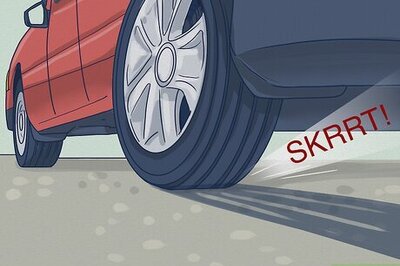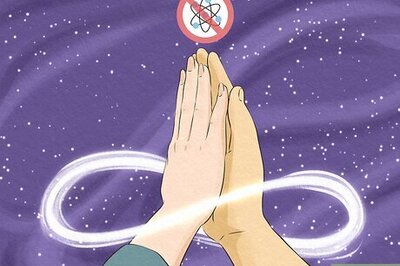
views
New Delhi: Just when official data pegged the death of manual scavengers to one in every five days since January 2017, the Safai Karamchari Andolan — an organisation working for the development of manual scavengers — has released its official survey data, claiming that there have been 429 deaths due to manual scavenging in Delhi alone from 2016 to 2018.
According to reports, the official numbers collated by the National Commission for Safai Karamcharis (NCSK), the statutory body that was set up by an Act of Parliament for the welfare of sanitation workers, show that 123 people employed as manual scavengers lost their lives.
Though the data is mostly based on newspaper reports, it is one of the first such statistics released, tallying up the deaths of sewer and septic tank cleaners.
However, the latest data released by the Safai Karamchari Andolan states that from 2016 to 2018, there were 429 deaths due to manual scavenging, whereas 96 were reported due to sewer cleaning in 2017 and 13 in 2018.
But the huge gap in the official and NGO data becomes glaring once the area under consideration is paid attention to. While the 123 deaths stated by the NCSK reveal an all-India figure, the NGO says 429 such deaths occurred in Delhi-NCR alone.
So far as the all-India figure is considered, there have been 83 sewer deaths in 2018 and the organisation is still collating the rest of the data. In the past one week itself, Delhi saw six such deaths in the National Capital Region.
As of now, the Prohibition of Employment as Manual Scavengers and their Rehabilitation Act, 2013, forbids the employment of any person for the task of manual scavenging by any agency or individual. As picking up untreated human excreta is harmful to one’s health and hygiene, the Act seeks to completely ban the practice.
In 2013, right after the Act came into force, the government had recognised 12,742 manual scavengers in 13 states, of which 82 per cent were in Uttar Pradesh alone. But the 2011 census showed that 740,078 households across the country were still dependent on manual scavengers.
In 2000, the Safai Karamchari Andolan filed a public interest litigation in the Supreme Court, seeking a directive to end the deaths caused in sewer lines, septic tanks and manholes. Soon, the 2013 act was implemented.

















Comments
0 comment